#babylonian mythology
Text

#rin tohsaka#epic of gilgamesh#type moon#babylon#sumerian mythology#ishtar#babylonian mythology#gilgamesh#Mesopotamian mythology#enkidu#shamhat#utnapishtim#humbaba
3K notes
·
View notes
Text
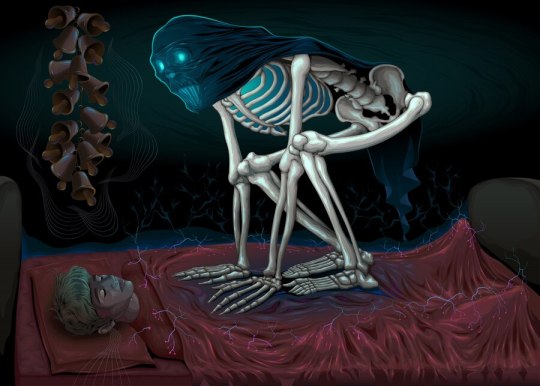
The Alû [Babylonian, Mesopotamian mythology]
In ancient Babylon, belief in possessing demons or spirits was not uncommon, and these entities were often used to explain symptoms or diseases. Often, specific demons were blamed for pains and illnesses of specific body parts: the ‘Utukku’ demon was associated with the human neck, the ‘Gallu’ usually attacked hands, and the evil invisible ‘Alû’ demon was more associated with the chest.
When an Alû possessed someone, the victim would often become very warm (I assume this refers to a fever) and fall unconscious while their eyes remain open, as if fixating on something. This creature was associated with sleep (usually attacking sleeping victims), and their victims would lose the ability to speak during possession. Furthermore, being possessed by one of these beings would make people hear a ringing noise and lose strength in their limbs. The next morning, when the victim awoke, they felt weak and drained of energy.
If you have ever experienced sleep paralysis, these symptoms might sound familiar. Indeed, it is thought that the story of the Alû arose as a way to explain sleep paralysis. Because of this ‘draining’ property, I have found that these creatures are sometimes associated with vampires today.
While these are the specific symptoms for the Alû demon, the term was also used as a general word for possessing demons and was sometimes used interchangeably with ‘Utukku’.
Sources:
Finkel, I. L. and Geller, M. J., 2007, Disease in Babylonia, BRILL, 226 pp.
Bane, T., 2014, Encyclopedia of Demons in World Religions and Cultures, McFarland, 416 pp.
Jastrow, M., 1893, The Religion of Babylonia and Assyria, Handbooks on the History of Religions Volume II, Ginn & Company, 782 pp.
(image source: ‘Sleep Paralysis Demon’ by Ddraw on Freepik)
92 notes
·
View notes
Text
Round 1: Match 14
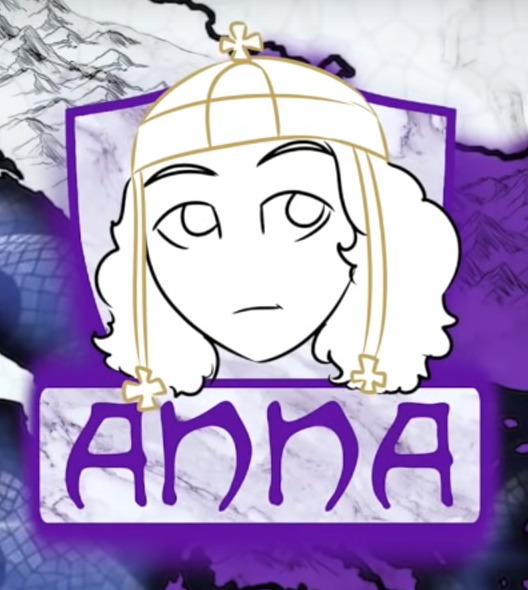

Video Links:
Anna Komnena
Ishtar
#overly sarcastic productions#osp#overlysarcasticbracket#anna komnena#byzantine history#ishtar#babylonian mythology#polls#round 1
68 notes
·
View notes
Text
just so ya'll know there's a babylonian myth where this gender ambiguous bitch gets created to save ishtar from the underworld, seduces the queen of hell, gets cursed to forever be a background character™ and ishtar gives them the gift of healing a prophecy
moral of the story if you're nonbinary your magic and the queen of hell thinks you're hot. also don't go to the underworld to try to hang out with your dead husband
73 notes
·
View notes
Photo


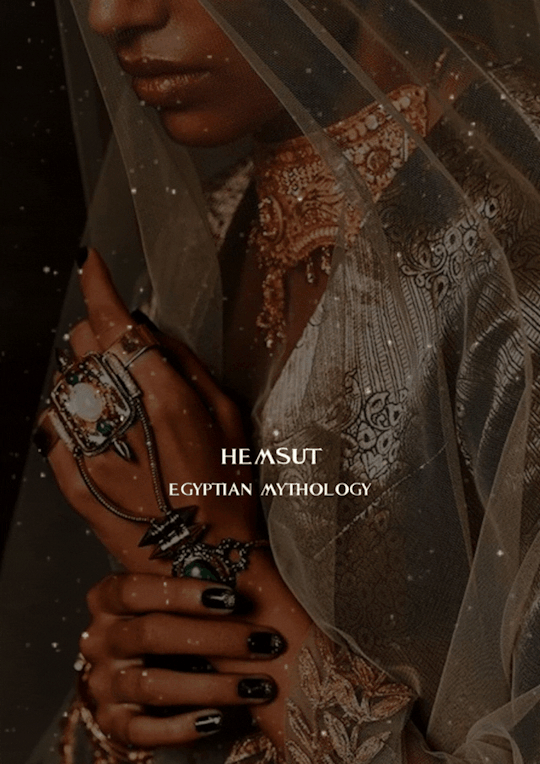





mythologies → time & fate deities
#mythologies#time and fate#nabu#babylonian mythology#dalia#lithuanian mythology#hemsut#egyptian mythology#kronos#greek mythology#there's two kronos#nortia#etruscan mythology#manat#arabic mythology#etu#lakota mythology#urdr#verdandi#skuld#norse mythology#mine
317 notes
·
View notes
Note
what are the names of the pantheons you study?
Greek, Roman, Celtic (multiple pantheons), Norse, Japanese, Hindu, Chinese, Mesopotamian (multiple pantheons), Egyptian, Native American (multiple pantheons), Aztec, Mayan, Finnish, Slavic and Polynesian (multiple pantheons) + Arthurian (although it doesn’t have a pantheon)!
#thanks for the ask!#mythology#greek mythology#roman mythology#celtic mythology#irish mythology#welsh mythology#scottish mythology#norse mythology#japanese mythology#hindu mythology#chinese mythology#mesopotamian mythology#babylonian mythology#sumerian mythology#egyptian mythology#native american mythology#aztec mythology#mayan mythology#finnish mythology#slavic mythology#polynesian mythology#hawaiian mythology#maori mythology#arthurian mythology
9 notes
·
View notes
Text
The ever-wonderful @vaicomcas is back with perfect timing!
I am *waaaaay* behind on Inktober prompts, but lo and behold, Day 27 is "Beast," and I finally finished the Sirrush. X3


#sirrush#mythological#dragon art#ancient mesopotamia#creatures#babylonian mythology#bad art#inktober#inktober 2023
12 notes
·
View notes
Text

A little Assyrian Zigzag sketch

#the thief and the cobbler#thiefandthecobbler#thethiefandthecobbler#zigzag the grand vizier#vincent price#zigzag#assyrian#babylonian#babylonian mythology#sketch
26 notes
·
View notes
Text






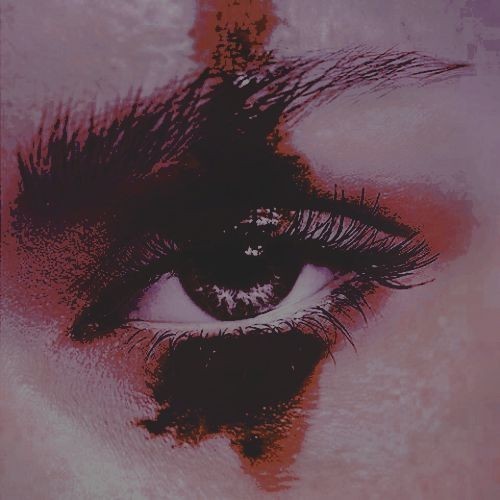



#history#ishtar#Goddess ishtar#Goddess#babilonia#Babylonian goddess#babylonian mythology#Babylonian#Mesopotamian goddess#mesopotamia#mesopotamian mythology
23 notes
·
View notes
Photo

The Bible's Creation Myth in Genesis is Plagiarized From Babylon
One of the things I learned as a religious studies major was that the Bible's creation myth is NOT unique.
In my Religious Studies program, we analyzed creation myths side-by-side, rightfully studying the Creation narratives from Christianity alongside native American stories as well as those from India, and all over the world. We had about 10 Christians walk out of my Creation Myths class the day we learned that the authors of Genesis had plagiarized a good chunk of their creation story from the Mesopotamians.
The average bible-believing Xian has no idea what’s actually in the bible, much less where it came from or how it was written.
An incident like this results in either honest people or liars. The honest person will re-evaluate their beliefs in light of this new information. The liar will use “faith” to disregard the problem and perpetuate belief.
#David G. McAfee#plagiarism#bible plagiarism#plagiarism in the bible#creation myth#genesis creation myth#christianity#bible#bible study#religion#babylonian mythology#origin of the bible#religion is a mental illness
56 notes
·
View notes
Text
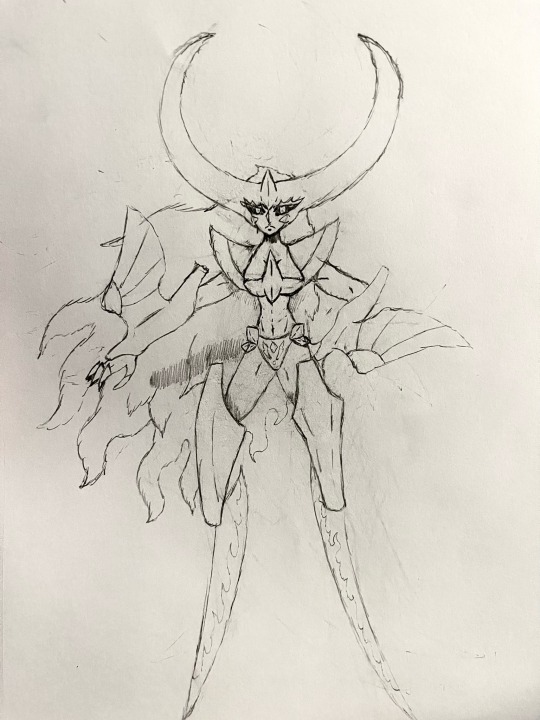
Inanna, the ancient Mesopotamian goddess of war, fertility, beauty, and love. Born from the moon god Nanna, Inanna is young and unruly, constantly trespassing onto other god’s domains. However she’s incredibly strong as the other gods feared her mere presence. Inanna held many lovers, however it is known that she doesn’t treat them with the highest respect, sometimes she’s even accused of abusing them. Despite this when her lover Dumuzid had been murdered she personally travelled to the underworld and brought him back to the world of the living. Her most prevalent role came in the epic of Gilgamesh, wherein Gilgamesh rejected Inanna’s proposition for him to become her new consort. Angered by his decision Inanna sent the bull of heaven to attack Gilgamesh. Gilgamesh however was able to kill the bull, but not without losing his closest companion Enkidu.
Inanna is the first of the many names given to the goddess, the name Ishtar was given to her later on by the Assyrians and the Babylonians. Despite her being a goddess of love and being called the queen of heaven, she was never once depicted by her worshipers as a mother goddess, scant few sources even mention her being a mother at all. Her origin traces back to the Semitic goddesses Astarte and Anat, with Inanna’s war and fertility traits most likely being derived from them. Inanna was also conflated with the Arabian Al-lat, an ancient Arabian mother goddess. Her worship was incredibly popular, as she held more titles and stories dedicated to her than any other god in Mesopotamia, she’s even mention in the Bible. Her cult was also very sexually inclusive, as those outside the binary norm found solace in her worship.
#art#character design#mythology#goddess#deity#fertility god#love god#war god#mesopotamia#mesopitamian mythology#sumerian#sumerian mythology#babylon#babylonian mythology#assyria#assyrian mythology#inanna#ishtar
2 notes
·
View notes
Photo

Lamassu from Assyrian Mythology - Aluminum Foil Sculpture
#lamassu#mythology#mythological creature#assyrian mythology#persian mythology#babylonian mythology#lion#winged lion#winged#monster#foil#sculpture#fanart
98 notes
·
View notes
Photo
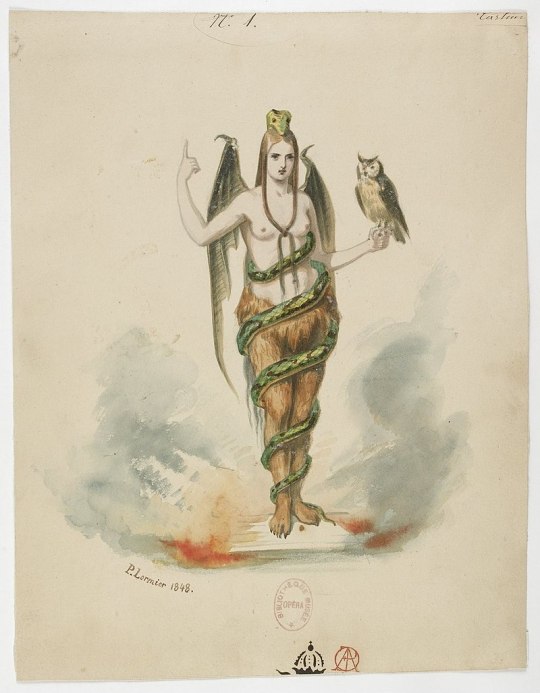
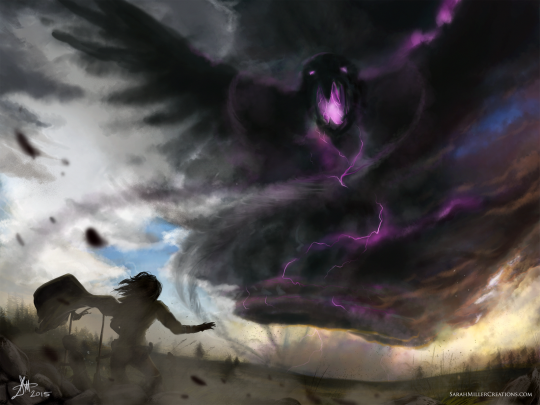
The Ala demon and Ardat Lili [Babylonian mythology; Mesopotamian mythology]
Hailing from ancient Mesopotamian stories, the Ala was described as a floating, amorphous cloud, and like many other evil entities, it was mainly active at night. This evil, cloud-like monster would stalk the streets of human settlements in search for a victim. After choosing someone to haunt, it would enter their house without difficulty and envelop the sleeping victim. Those who have been attacked by these creatures tend to have difficulty falling asleep, often lose their appetite and also develop general depression.
But the Ala demon also had a very particular effect on its victims: it usually attacked sleeping men and would cause them to ejaculate in their sleep. As such, it is likely that the myth of the Ala arose as a way to explain wet dreams. It’s actually not alone in that regard: in Babylonian mythology, the Ardat Lili – which means ‘maiden of the night’ – was another demon or creature that caused sleeping men to ejaculate. These female spirits would approach and arouse men at night. They were also known to ‘satisfy themselves’ with sleeping men, thus explaining the wet spot in their bed.
Supposedly (though I am not entirely certain about this), the Ardat Lili were the undead ghosts of human women who died as virgins. Since they never had the opportunity to experience sex during their lifetime, they would haunt the world of the living and seek out sleeping men.
Sources:
Bane, T., 2014, Encyclopedia of Demons in World Religions and Cultures, McFarland, 416 pp.
Jastrow, M., 1893, The Religion of Babylonia and Assyria, Handbooks on the History of Religions Volume II, Ginn & Company, 782 pp.
Pick, D. and Roper, L., 2004, Dreams and History: the interpretation of dreams from Ancient Greece to modern psychoanalysis, 289 pp.
Citing from ‘Geller, M., 1997, Freud, Magic and Mesopotamia: How the Magic Works, Folklore, 108, p.3’
(image 1: ‘Infernal Apparition’ by Paul Lormier, 1848. This image is often associated with the Ardat Lili spirits but remember it was drawn much later)
(image source 2: ‘air elemental’ by SarahMillerCreations on Deviantart. I thought it fit the description of an evil, cloud-like entity)
#Babylonian mythology#Mesopotamian mythology#undead#spirits#demons#ghosts#creatures#mythical creatures
60 notes
·
View notes
Text
Round 2: Match 3


Video Links:
Red (@comicaurora)
Ishtar
#overly sarcastic productions#osp#overlysarcasticbracket#osp red#osp colors#ishtar#babylonian mythology#polls#round 2
28 notes
·
View notes
Text
Random Silly Theory about “The Owl House”
The Titans and the Collectors are very likely meant to be stand-ins for different types of gods in mythology. The Titans are representatives of the really old Earth gods of mythology (think Gaia and Kronos in Greek mythology, Tiamat in Babylonian mythology, Pan Gu in Chinese mythology, Ymir in Norse mythology, Purusha in Hindu mythology) while the Collectors represent the later Sky Gods who displaced them (Zeus and the Olympian Theoi overthrowing Kronos and his Titans of Othrys in Greek Mythology, Marduk and the Dingir/Ilu destroying Abzu and Tiamat in Babylonian mythology, the Xian (later led by Yu Huang) carving up Pan Gu in Chinese mythology, Odin and Vili and Ve slaying Ymir before beginning the Aesir, Purusha’s body becoming the source of the Varna system) and in some cases used their dismembered bodies to make the world.
Given that many modern sects of Wicca/Witchcraft worship these Mother Earth goddesses in place of the patriarchal Sky Fathers…it’s definitely something to think about in this show about Witches.
@sepublic @niconebula @disregardcanon @lady-asteria @theplantarsdeservebetter
#The Owl House#The Titan Owl House#The Titan TOH#The Collector TOH#Greek Mythology#Babylonian Mythology#Chinese Mythology#Norse Mythology#Hindu Mythology#mutilation cw#death cw#religious talk cw#caps cw#speculation#For the Future trailer spoilers
9 notes
·
View notes
Text

Here I am pulling the second layer on my print.
#art#artist of tumblr#artist#printmaking#printmakers on tumblr#reliefprint#relief printing#printmaker#lino print#block print#block printing#linocutprint#linocut#linoblock#babylonian mythology#mythology#tiamat
3 notes
·
View notes